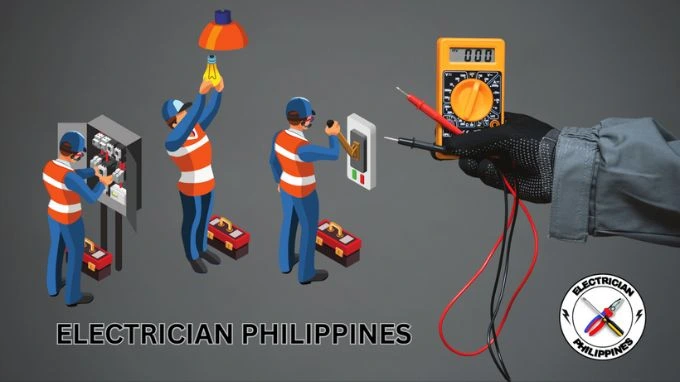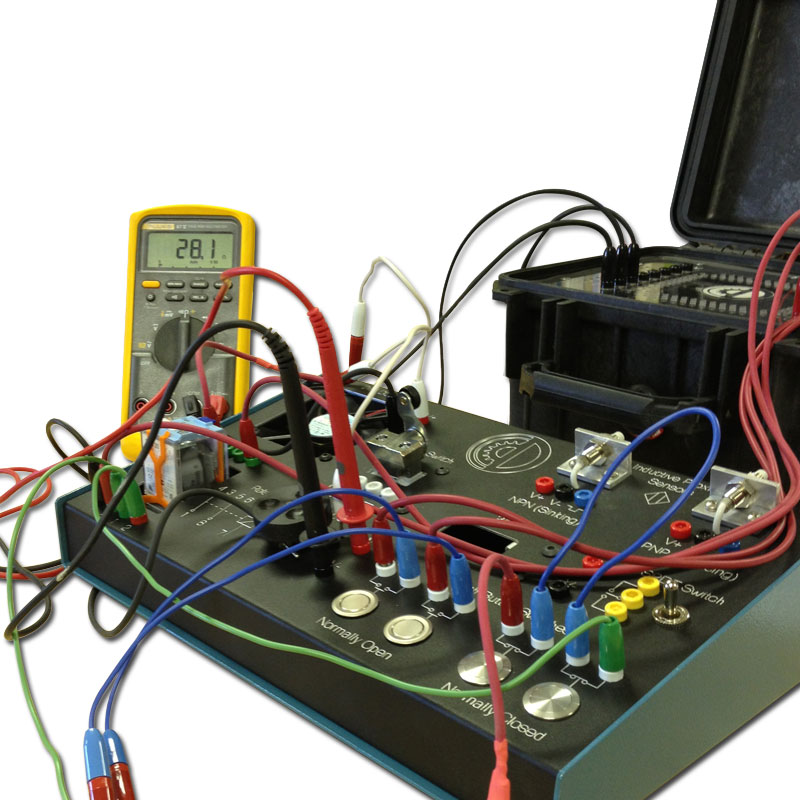Enhance systems with innovative mechanical system optimisation support.
Wiki Article
Leading Tips for Effective Electric System Troubleshooting
Troubleshooting electric systems requires a methodical strategy, based in a detailed understanding of electrical concepts and safety and security protocols. The subtleties of effective repairing prolong past mere technological expertise; recognizing exactly how to document findings and focus on security can dramatically influence results.Understand the Basics
Understanding the fundamentals of electric systems is crucial for effective troubleshooting, as a strong foundation enables technicians to diagnose and resolve concerns a lot more effectively. A detailed understanding of electric concepts, such as voltage, present, resistance, and power, is critical in recognizing the origin of troubles. Voltage is the electrical possible difference that drives existing through a circuit, while resistance opposes the flow of existing, impacting the overall capability of the system.Familiarity with circuit elements, consisting of resistors, capacitors, diodes, and switches, is likewise paramount. Each element plays a distinct role in circuit habits and can influence efficiency when malfunctioning. Additionally, understanding collection and identical circuit setups is essential, as these setups influence the distribution of voltage and existing within the system.
Additionally, understanding of safety and security procedures is important. Specialists should know prospective threats, such as shock and brief circuits, to execute safe troubleshooting techniques. By understanding these foundational concepts, professionals boost their ability to conduct effective diagnostics and fixings, ultimately resulting in boosted performance and dependability of electric systems. This foundational expertise is the keystone of effective fixing undertakings.
Gather Necessary Tools
Efficient troubleshooting of electric systems needs the appropriate set of tools to detect and solve problems accurately. Vital devices include a multimeter, which determines voltage, current, and resistance, enabling for exact examinations of electric parts.In addition, insulated hand devices such as screwdrivers, pliers, and cord strippers are important for securely manipulating electric connections. It is also a good idea to have a circuit tester available to confirm the presence of voltage in electrical outlets and wires. For even more complicated systems, a thermal imaging video camera can aid detect overheating components, indicating possible failures.

Comply With a Systematic Approach
Having collected the proper tools, the following action in fixing electrical systems is to follow an organized method. A systematic technique ensures that technicians can determine faults successfully and accurately, lessening downtime and stopping unneeded repairs.Begin by evaluating the system's schematic representations and specs. This involves monitoring each component methodically, beginning from the power resource and functioning towards the tons.
Make use of testing tools, such as multimeters and oscilloscopes, to gather objective data regarding voltage, current, and resistance at various factors within the system. This empirical evidence will direct your troubleshooting initiatives and assist to confirm or eliminate possible root causes of failing.
Additionally, take into consideration ecological aspects that may influence the system's efficiency, such as temperature changes or dampness ingress. A comprehensive examination of wiring, connections, and components will make certain that all opportunities are represented.
File Your Findings
Thorough paperwork is vital in the troubleshooting process of electrical systems. This technique not only help in understanding the origin reason of the problem yet additionally serves as a reference for future fixing efforts.
In addition, preserving a log of parts replaced or repairs performed is important. This details supports inventory technical support for electrical industry administration and can assist assess the longevity and reliability of certain parts.
Eventually, the documentation process should be comprehensive yet concise, enabling very easy retrieval and review - electrical system troubleshooting. By focusing on thorough paperwork, specialists can create a beneficial knowledge base that not just help in existing troubleshooting but likewise empowers future upkeep efforts, thus enhancing total system reliability

Prioritize Security Measures
Acknowledging the fundamental threats related to electric systems is crucial for guaranteeing safety during troubleshooting. Electrical shock, burns, and devices damage are simply a few of the prospective hazards that technicians deal with. Focusing on precaution is not just a legal responsibility but additionally an ethical important that safeguards both the service technician and the surrounding atmosphere.Prior to starting any type of troubleshooting job, service technicians must don ideal individual protective equipment (PPE), consisting of insulated gloves, shatterproof glass, and flame-resistant apparel. Guaranteeing that the workspace is dry and devoid of clutter can substantially lower the risk of crashes. Moreover, it is vital to de-energize circuits before beginning any work, confirming that they are not endure the use of a multimeter or voltage tester.
Developing clear communication methods with employee is likewise important; this guarantees that everyone knows prospective dangers and the status of the electric system being worked on. Having an emergency response plan in area can show indispensable in the event of an event. By focusing on security actions, professionals can properly alleviate risks and promote a more secure work environment.
Final Thought
Effective electric system repairing counts on a detailed understanding of essential concepts and a systematic technique. Prioritizing safety and security steps ensures the wellness of people included and the honesty of the electrical system.Report this wiki page